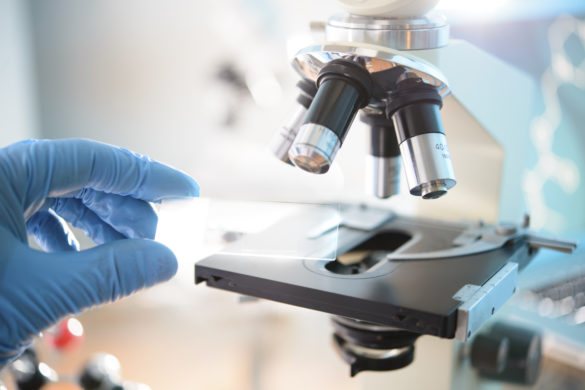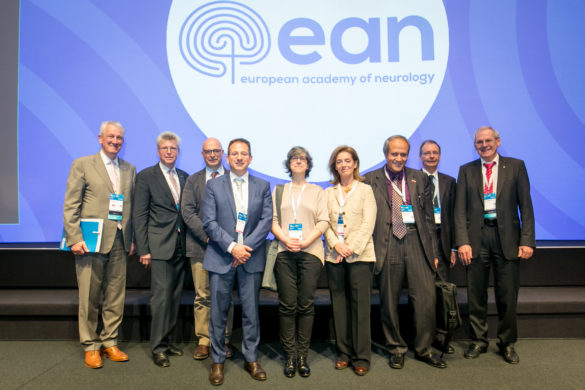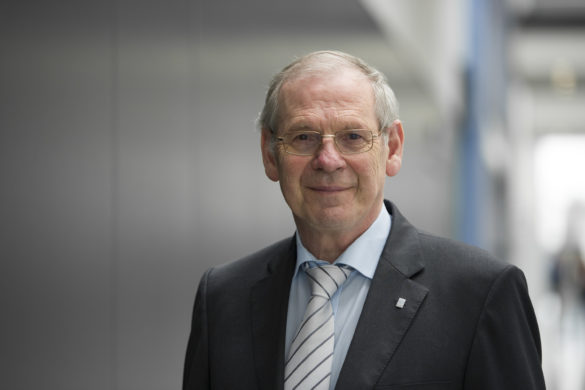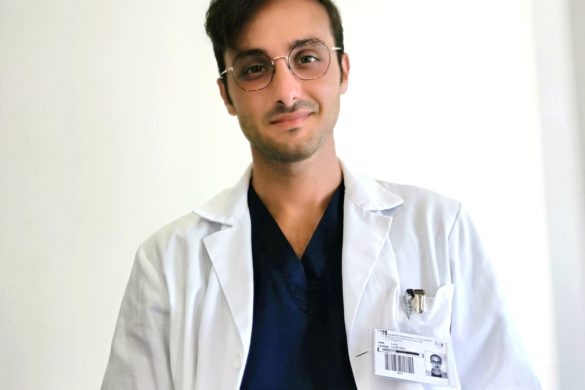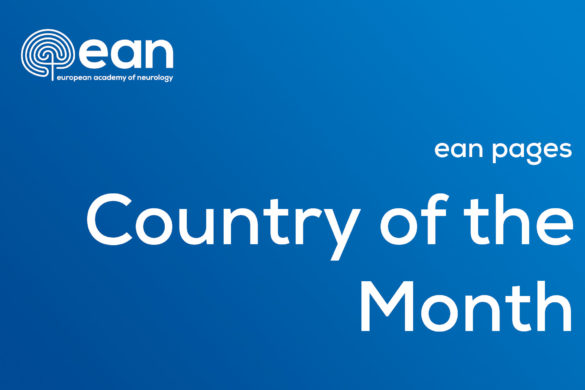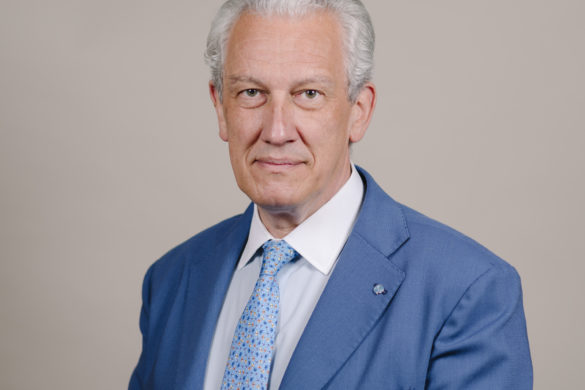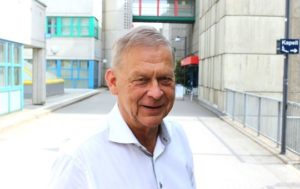
Gunhild Waldemar (GW): The ageing European population and the steep rise in people affected by Alzheimer’s Disease bring the EADC at the forefront of scientific research. Can you briefly introduce the EADC and its structure to the readers of EANpages?
Bengt Winblad (BW): The EADC (European Alzheimer Disease Consortium) is a fully functional network of 66 European centres of clinical and biomedical research excellence, working and leading innovative research in the field of AD and related dementias (www.eadc.info). The primary objectives are to:
- Increase the scientific understanding of AD and related dementias
- Find ways to prevent, delay, slow or even restore the primary and secondary symptoms of AD.
These goals can be achieved by facilitating large European wide research studies, essential for advancing in current AD research. Such studies will also contribute to efficient collaborations leading to standardisation and homogenisation of research/clinical protocols and centralized data storage. The EADC provides a much-needed platform for this.
The EADC has a Steering Committee (SC) of twelve members with different tasks allocated to each SC member in order to run the programme. These are all voted for and the new election is organised every 3rd year. Bengt Winblad chairs the EADC with Lutz Frölich as co-chair.
The EADC is a non-profit organisation. Members meet twice per year for reporting and discussing ongoing research projects, and discussing new joint application possibilities. Industry representatives are welcome to join the meetings where they can present clinical trials of interest to EADC, and give input to the discussions during the meeting.
GW: What are the criteria for joining the EADC and be in line with its aims and objectives? How does the EADC interact with its network of centres of expertise, with patient organizations, and industry?
BW: To become a member of the EADC, a centre needs to combine basic and clinical research with clinical work, have a critical mass of AD patients, and the necessary equipment to assess a specialist’s diagnosis. The centre should also be recognized by publications of original papers in high impact journals.
GW: Which are the main research projects that the EADC is presently working on and what is their expected impact on clinical outcomes?
BW: The EADC members are involved in most the EU-H2020, EU-JPND and EU-IMI projects, in which the progress reports are presented at several meetings:
- EPAD – European Prevention of Alzheimer’s Dementia Consortium. The aim is to develop a platform for testing AD treatments in non-demented subjects.
- EMIF-AD – the overall aim is to improve access to patient level data in Europe and to find novel markers for early diagnosis and prognosis of AD using an extreme phenotype approach. The objectives will be reached by setting-up a catalogue with meta-data of existing cohort studies on AD and aging in Europe. A data platform will be developed to support data pooling across cohorts and data management.
- EADB – European DNA bank to decipher the Alzheimer disease missing heritability.
- GERAS – a study of patients and caregivers in Alzheimer’s disease.
- The Biomarker Roadmap – a roadmap to the biomarker-based diagnosis of Alzheimer’s disease with the overarching aim to foster the rational, evidence-based, effective and efficient translation of Alzheimer’s diagnostic biomarkers from research to routine clinical use.
- MOPEAD – Exploring the models of patient engagement for Alzheimer’s disease. MOPEAD will provide information on how to improve the consistency of diagnosis and the way the relevant information is given to the family and patient as soon as symptoms begin. The objective is to identify and test different patient engagement models, to improve community engagement, patients’ identification and resource utilization.
- ADAPTED – Alzheimer’s disease apolipoprotein pathology for treatment elucidation and development.
By participating in the above important studies on AD, the EADC members will have great influence on future diagnosis, treatment and care of patients with AD. The progress reports of all projects during the EADC meetings including discussions provide important input for the most optimal outcome of the projects.
GW: The EAN works towards establishing MoUs with neighbouring scientific societies. MoUs have been established with EFIC, ILAE, EAPC and others. Would you and EADC eventually be interested in establishing a cooperation with the EAN?
BW: Yes, we would. The EADC is e.g. producing consensus/position papers on different relevant topics and as I see it, a collaboration EAN – EADC on this work would strengthen the paper.
Prof. Winblad I thank you for this very informative interview and wish you and the EADC further success.
Gunhild Waldemar
EAN European Affairs sub-Committee
More on EADC can be found here.





